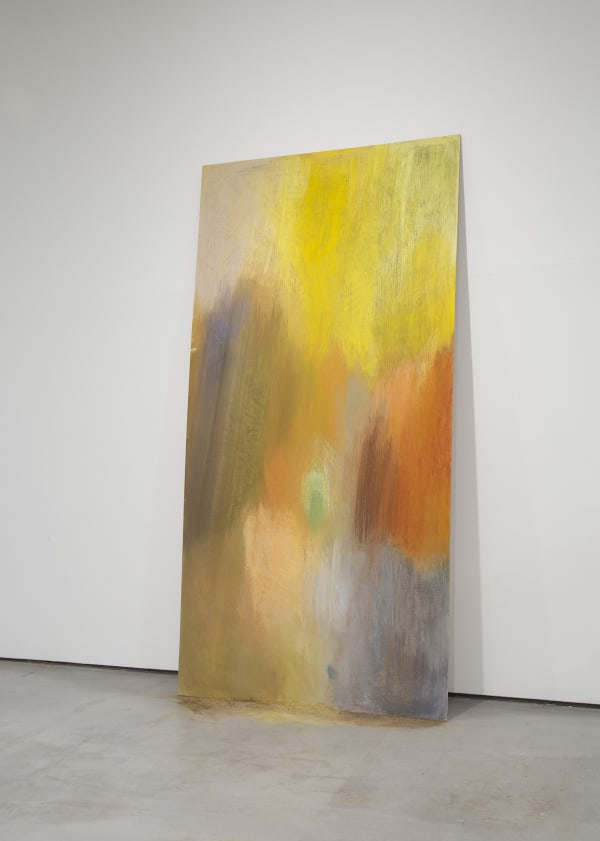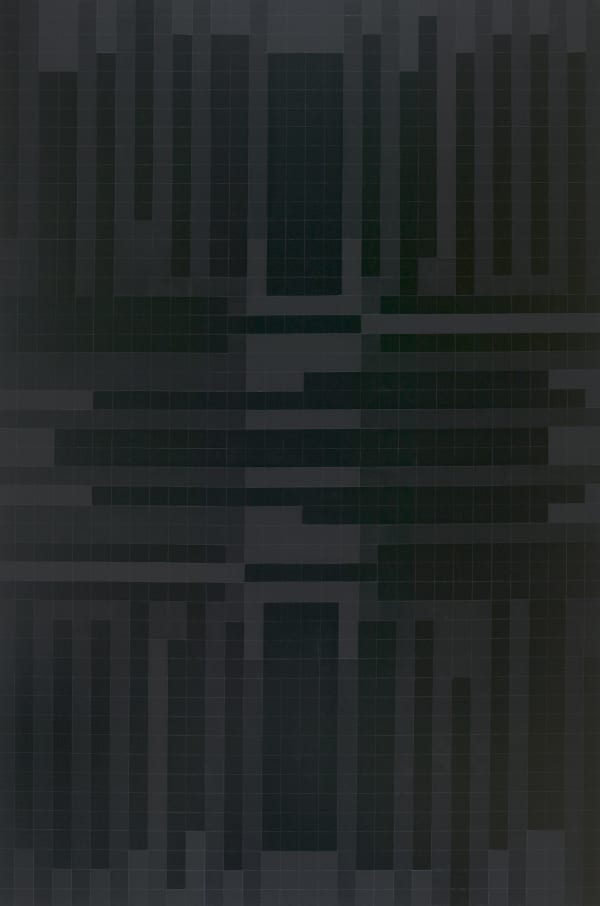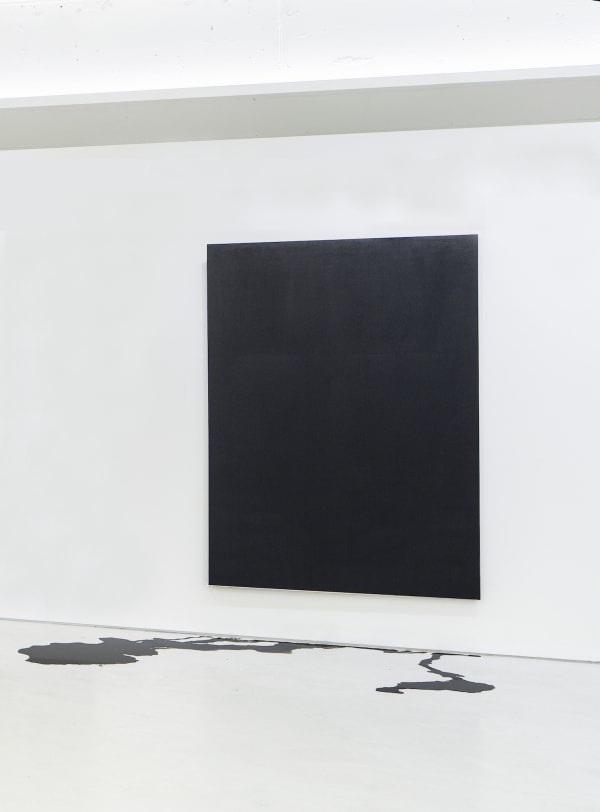Contemporary Korean Abstract : Series 1: O Taekwan, Jang Jae Cheol, Choi Sun, Choo SuKa, Hwang Su Yon
Chapter II is delighted to announce a group exhibition, “Contemporary Korean Abstract : Series I” from 13th April to 27th May, 2017 in Yeonnam-dong, Seoul.
Components of abstract art are fundamentally under both temporary and permanent influence of their surroundings, although they still possess unconstrained choices in media. Phases and procedures involved in an act of creation such as acquiring or employing materials, deciding a mode of media and irreversibility of actions, are restricted by an universal physical law, in other words, a natural phenomenon. Besides, a completed shape(a work of art) is subordinate to a series of conditions—spaces, lights and human senses—establishing ‘the fact of being seen’ which is equivalent to value of the artwork’s existence.
On the other hand, an artistic motive which consists of an abstract art’s inner substructure can be understood as an expression of artists’ exploration and sentiment. It is a private and liberal realm; it is not governed by atypical and coherent norms. Also, it sprouts and is cultivated through fusion of the artist’s social elements—his or her growing environment, culture and nationality—and biological ones—his or her gender, character, taste and physical trait.
The spatial-temporal definition of ‘Contemporary’ suggests a premise that analogous social factors are possibly experienced and shared. The fact that a new art trend emerges in a specific period and place and this mode is stabilized or becomes extinct underpins the premise. This exhibition is curated under this theoretical foundation in order to examine the currents of contemporary Korean abstract art, by borrowing various viewpoints of rising and non-mainstream artists.
O Taekwan (b. 1980)’s abstract paintings focus on manifesting spontaneity adjusted in terms of technique. In addition to conventional painting methods, the strategy he takes for producing works is a combination of dropping and taping which gradually dominates one section by one section of the picture plane. It does not adhere to specific prearranged plans. Consequently, it provides a shape and DNA to a certain image which follows already embodied geometric figures as its coordinate. Similar to the Brownian motion explaining that cigarette smoke irregularly spreads out with linear movements occurred along the trajectory of its initial smoke particles, one imagery generates another and eventually the sum of these image patterns remains as an outcome of “controlled improvisation” what the artist has sought.
Choo Suka (b. 1961) presents a piece containing mechanical patterns gained by employing a monotone hardedge painting technique. Diagonal lines evenly separating the plane convey certain regulations, tension and a sense of neatness along with formality into her canvas; repeated cubic-formed images exist either being filled or vacated according to the binary diagram that the artist already decided. Continuously being painted over in a finely controlled manner, the filled parts develop a distinct layer. Moreover, the glossy acrylics coated on protruding sectors not only draw a sense of vitality into the surfaces of consistent monochrome, but also, by responding to lights, they operate as a device revealing an image which leads a variety of interpretations.
Choi Sun (b. 1973)’s Black Painting(2015) is achieved by seamlessly applying waste oil onto the surface of a canvas. The waste oil considered as an inartistic material dwells in a state of nothingness composed of a black colour essentially absorbing every bit of light; its commercial value has been expired; the possibility of its restoration has been obstructed. By adopting the particularly disparate medium which still maintains an appearance of common art materials, CHOI SUN twists painting’s technical substructure in order to push diverse rhetorical statuses demanded on colour-field paintings such as concepts, sublime and transcendence, out of a border line.
Hwang Sue Yon (b. 1981)’s practice can be construed as an aesthetic of remains. The process of destroying matters whose properties are different through repetitive friction, thinly applying them or crushing them, ultimately enables certain features appear. Hence, the vital aim of her activities is yielding those modified shapes which still retain similarities to expressional characteristics of general sculptures and paintings. HWANG SUE YON’ s labourintensive substance holds its intrinsic nature, whereas its original appearance is disassembled. In result, it turns out as one congregated form possessing partial spontaneity within a frame organized by the artist. Compulsively thickly applied pastels exist as a colour facet embracing traces of the artist’s actions. They and their residues piled up on the floor not only provoke a visual effect, but also allow spectators to reflect upon lapse of time, irreversibility of matter and boundaries of dimensions.
Jang Jae Cheol (b. 1973)’s canvas relievo gets a glimpse of products manufactured through a precise industrial process. Based on techniques he has trained, JANG JAE CHEOL constructs a canvas in a three-dimensional organic figure and constantly spreads paints and vanishes onto it to produce a geometric-formed outcome containing a smooth surface. The symmetric aspect of the work raises an impression of stability and balance, at the same time it increases peculiar tension since it subtly implies a certain mobility. The work’s surface and prominent lines delicately react to light and generate a wide range of gradational shades providing expendability for the canvas. Furthermore, they create an ambience in which the utility of objects is suspended and sealed, while their aesthetic worth still abides.











